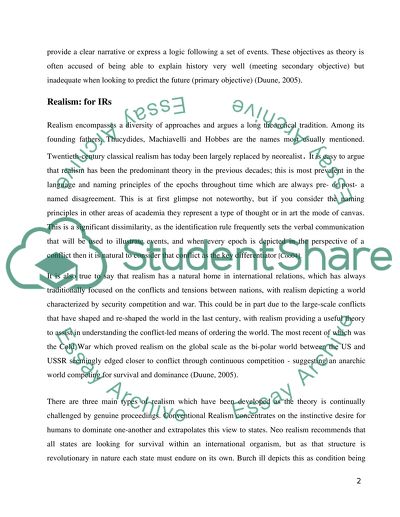Cite this document
(“Realism Vs. Liberalism in terms and regards of International Relations Essay”, n.d.)
Retrieved from https://studentshare.org/social-science/1659085-realism-vs-liberalism-in-terms-and-regards-of-international-relations
Retrieved from https://studentshare.org/social-science/1659085-realism-vs-liberalism-in-terms-and-regards-of-international-relations
(Realism Vs. Liberalism in Terms and Regards of International Relations Essay)
https://studentshare.org/social-science/1659085-realism-vs-liberalism-in-terms-and-regards-of-international-relations.
https://studentshare.org/social-science/1659085-realism-vs-liberalism-in-terms-and-regards-of-international-relations.
“Realism Vs. Liberalism in Terms and Regards of International Relations Essay”, n.d. https://studentshare.org/social-science/1659085-realism-vs-liberalism-in-terms-and-regards-of-international-relations.


